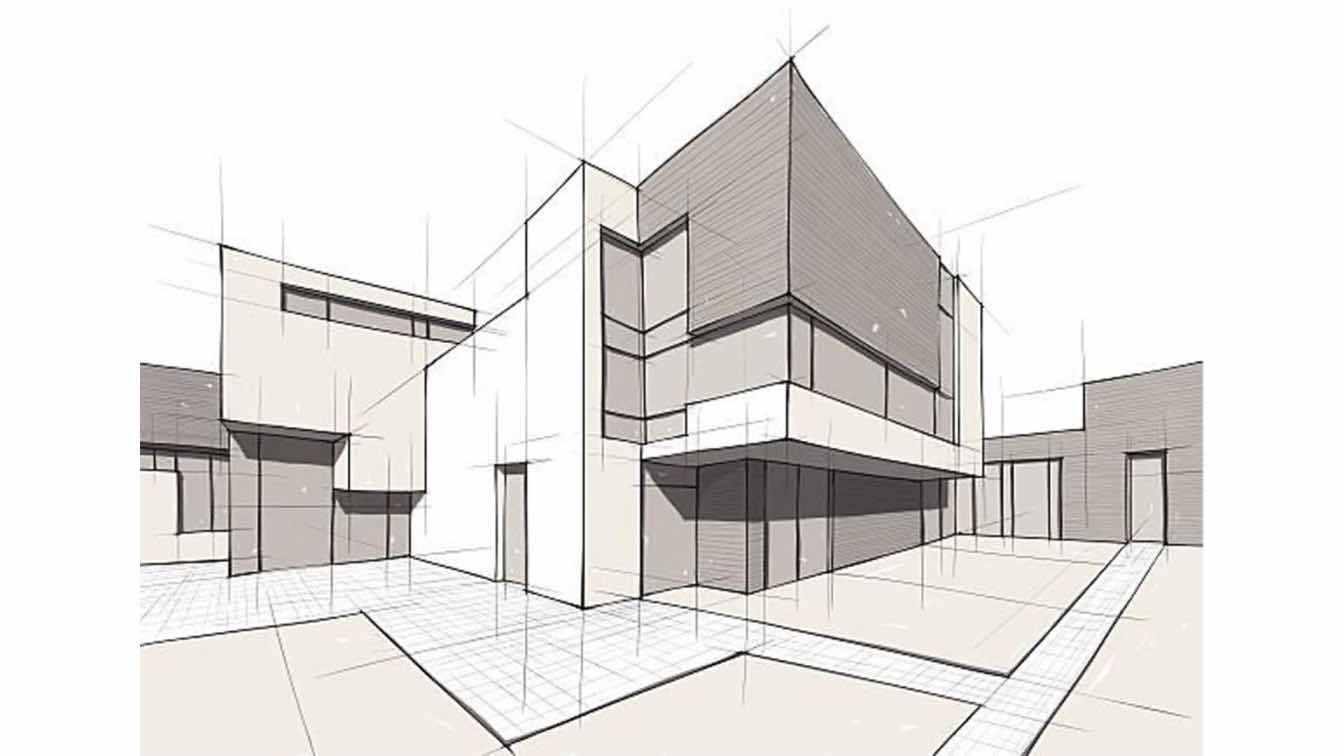The Influence of Technical Innovations on the Style Practices of Contemporary Architects
The rapid evolution of technical tools has actually significantly improved the layout landscape for modern designers, cultivating extraordinary degrees of innovation and sustainability. Checking out these characteristics discloses a nuanced interaction between innovation and traditional layout approaches, motivating a better assessment of what the future holds for building practices.
Evolution of Architectural Tools
Exactly how have building tools transformed the design and construction processes over the centuries? The advancement of building tools has dramatically impacted the effectiveness, precision, and creativity of style and building.
With the development of the Renaissance, the intro of the compass and the protractor marked an essential shift. These tools allowed designers to achieve higher accuracy in their layouts, helping with the emergence of even more detailed and in proportion structures. The Industrial Change better transformed building practice with the introduction of mechanized devices and materials, enabling larger and extra enthusiastic projects.
In the 20th century, the development of computer-aided layout (CAD) software transformed the landscape when again, supplying designers with unmatched capabilities in modeling and visualization. Today, progressed tools such as Structure Details Modeling (BIM) and parametric design software proceed to push the boundaries of architectural advancement, allowing an extra integrated approach to design and construction processes.
Boosted Collaboration in Layout
As technology remains to evolve, boosted partnership in style has actually become a cornerstone of contemporary architectural technique. The integration of electronic devices such as Structure Details Modeling (BIM), cloud-based systems, and advanced visualization software application has changed the method designers, designers, and stakeholders interact throughout the design process. These tools help with real-time interaction, permitting groups to share ideas, adjustments, and comments promptly, regardless of geographical place.

In addition, interdisciplinary partnership has actually been streamlined with these technological improvements, making it possible for architects to function more closely with other professionals, such as metropolitan coordinators and ecological specialists. The result is an extra natural strategy to develop that considers various viewpoints and expertise. Eventually, enhanced cooperation in design is not merely a pattern; it is crucial for developing cutting-edge, functional, and aesthetically pleasing design in a progressively complicated globe.
Sustainability With Technology
Sustainability in architecture has progressively come to be linked with technological innovation, driving the industry toward ecologically liable methods - cda architects. Contemporary architects are leveraging innovative technologies to decrease environmental influence while enhancing the efficiency of buildings. One noticeable example is making use of Structure Information Modeling (BIM), which enables for precise preparation and source allocation, lowering waste throughout construction and advertising energy effectiveness throughout a structure's lifecycle
Additionally, clever products and energy-efficient systems are being incorporated right into designs to maximize source use. Technologies such as solar batteries and green roof covering systems harness renewable resource sources, adding to decreased carbon footprints. Additionally, the application of fabricated intelligence in style procedures allows designers to mimic and evaluate power usage, leading choices toward more sustainable outcomes.
The integration of lasting technologies not only aligns with international environmental goals however also meets a raising need from customers for environment-friendly solutions. As architects welcome these innovations, the emphasis changes in the direction of developing areas that are not just cosmetically pleasing yet additionally functionally lasting, thereby redefining the standards of modern architecture. In this method, modern technology offers as a stimulant for sustainability, enabling engineers to create buildings that respect and improve the native environment.
Difficulties in Execution
While technical developments in architecture hold terrific assurance for boosting sustainability, their execution usually encounters substantial difficulties - cda architects. One key challenge is the steep discovering contour associated with brand-new technologies. Engineers and building experts may require substantial training to effectively use advanced software application and devices, which can delay task timelines and increase expenses
Additionally, the assimilation of arising technologies, such as Building Information Modeling (BIM) and lasting see materials, usually demands partnership across multidisciplinary groups. This cooperation can be hindered by distinctions in knowledge, workflows, and communication styles, resulting in possible conflicts and inadequacies.
Financial restraints even more make complex the adoption of cutting-edge innovations. Several building companies, especially smaller sized ones, may lack the resources to purchase cutting-edge devices, limiting their capacity to take on bigger firms that can manage such investments.
Moreover, regulative frameworks and building ordinance may not maintain speed with technological advancements, producing ambiguity and possible compliance concerns. This difficulty can prevent designers from fully embracing brand-new innovations, as the danger of non-compliance may outweigh the benefits. As a result, addressing these application obstacles is crucial for the successful combination of technical developments in contemporary architectural techniques.
Future Trends in Architecture
The obstacles connected with the execution of new innovations in design have actually motivated a reevaluation of future trends within the sector. As engineers browse problems such check my site as sustainability, urbanization, and social equity, they are significantly taking on innovative modern technologies to boost style effectiveness and environmental performance.
One prominent trend is the integration of expert system (AI) in the layout process. AI devices can examine large datasets to educate style decisions, improving both imagination and capability. Building Info Modeling (BIM) proceeds to advance, allowing real-time collaboration among stakeholders and facilitating structured job monitoring.
Sustainable style practices are also getting energy, with designers concentrating on adaptive reuse and regenerative layout principles that lessen resource usage and waste. The incorporation of wise products and renewable resource sources will even more boost the strength of buildings in the face of climate adjustment.

Conclusion
Technical improvements have dramatically improved building design methods, promoting boosted precision, collaboration, and from this source sustainability. The assimilation of devices such as Building Information Modeling and parametric design software, along with synthetic knowledge and clever products, equips engineers to attend to complex challenges a lot more efficiently.